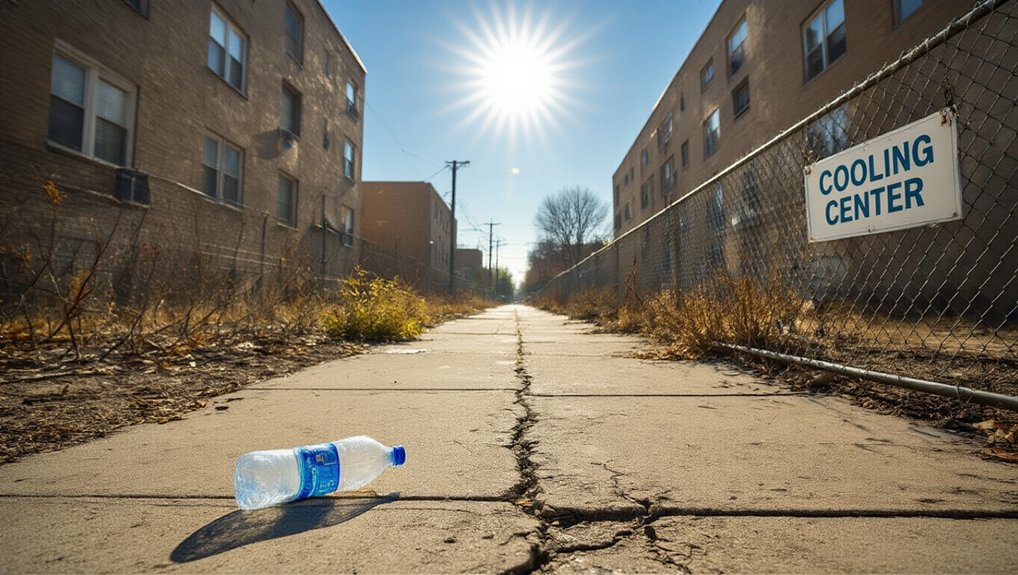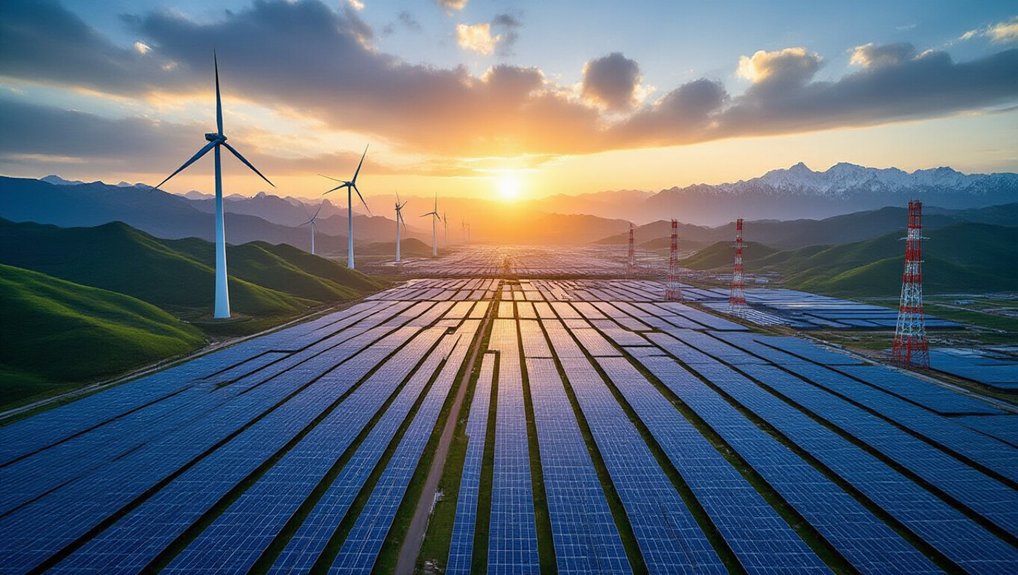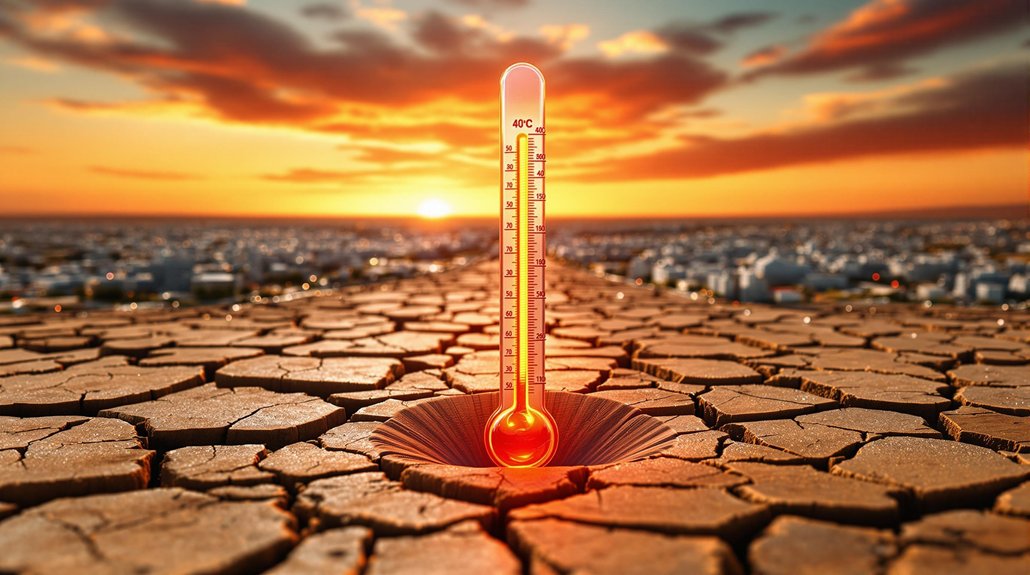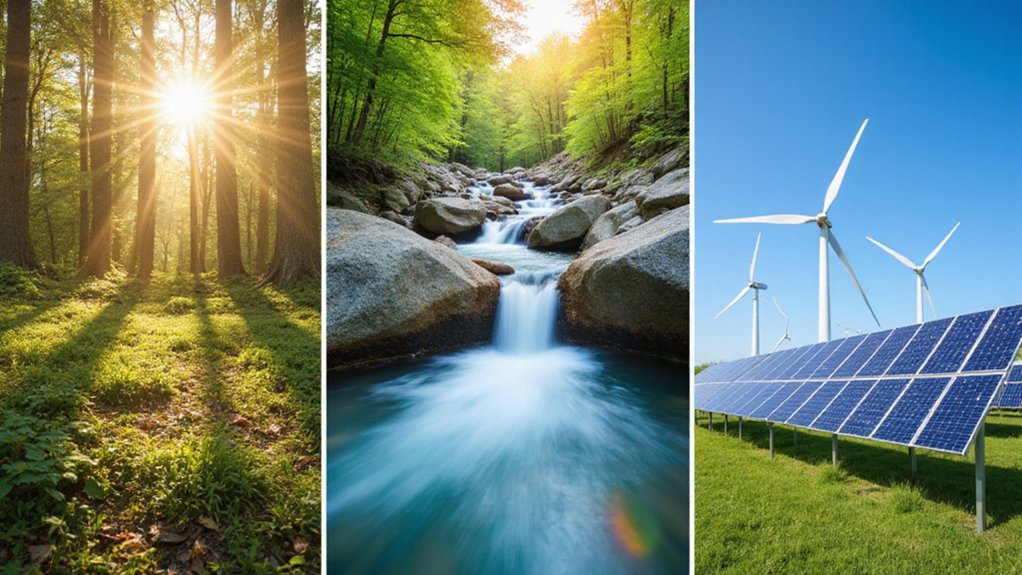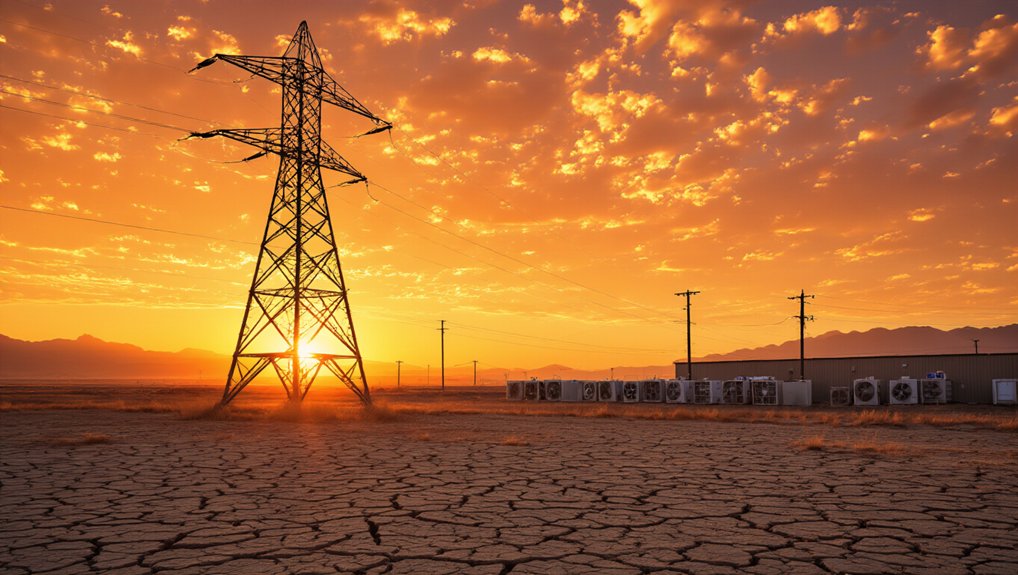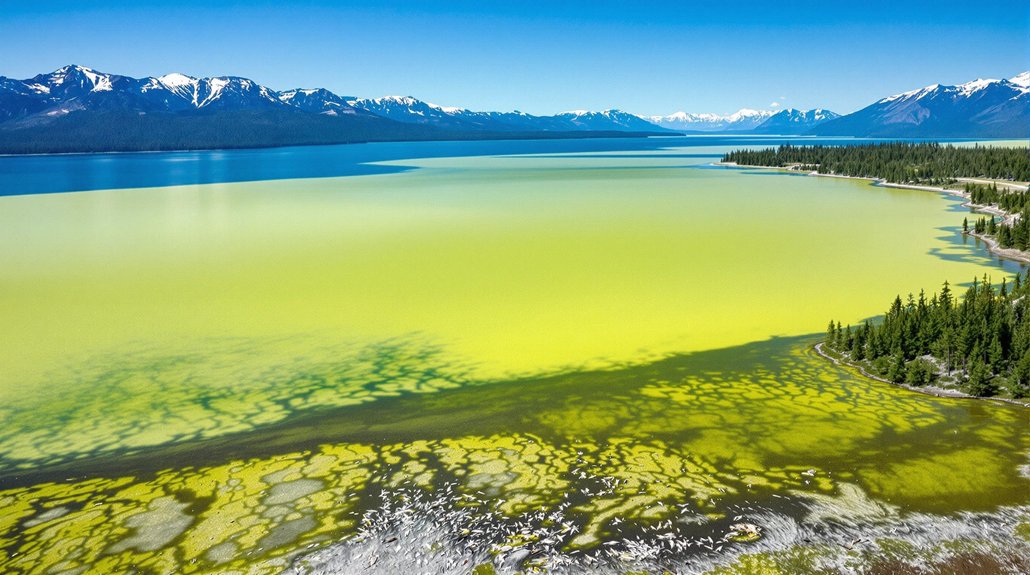When the CDC drops data showing heat-related deaths have surged 117% since 1999, most Americans shrug and crank up the AC. They’re the lucky ones. The unlucky ones? They’re part of the 21,518 people who died from heat exposure over the past 24 years. That’s more than 1,300 deaths annually now, up from 750. Not exactly front-page news, but dead is dead.
The numbers get uglier when you zoom in. Age-adjusted rates show a 63% increase, which is statistician speak for “old people are dying faster than ever from heat.” The highest death rates hit in 2023, after a steady climb post-2016. Coincidence? Climate scientists would laugh at that suggestion. They’re projecting cardiovascular heat deaths could spike 233% as temperatures keep climbing. By 2085, they’re talking about 266 excess deaths among the elderly under moderate warming scenarios. Moderate. That’s the optimistic version. New research shows extreme heat-related deaths will more than double by mid-century, completely overwhelming any decline in cold-related deaths. Non-Hispanic Black adults face particularly grim projections with a 278% increase in extreme temperature deaths, while Hispanic populations could see a 537% surge.
Geography matters here. Urban heat islands turn cities into ovens. The Southwest and Southeast lead the death charts, surprising absolutely no one who’s spent August in Phoenix or Houston. Rural areas face their own nightmare – good luck finding a cooling center when the nearest hospital is 50 miles away.
The victims aren’t random. They’re predictable. Old folks whose bodies can’t regulate temperature anymore. Poor people in apartments with broken windows and no AC. Outdoor workers laying asphalt in 105-degree heat because bills don’t pay themselves. The heat doesn’t discriminate, but vulnerability sure does.
Beyond the morgue statistics, emergency rooms are swamped with heat stroke, kidney damage, and cardiac events. Every heatwave sends ripples through the healthcare system. Doctors see the same pattern: existing conditions get worse, healthy people become patients, patients become statistics.
America’s infrastructure wasn’t built for this new normal. Cooling centers and hydration stations represent band-aids on a hemorrhaging wound. The heat isn’t going away. Neither are the vulnerable populations. The math here is simple and brutal. More heat plus more vulnerable people equals more bodies. That’s not fear-mongering. That’s just counting.
References
- https://www.epa.gov/climate-indicators/climate-change-indicators-heat-related-deaths
- https://ldi.upenn.edu/our-work/research-updates/why-deaths-are-likely-to-rise-from-hotter-weather-due-to-climate-change/
- https://jamanetwork.com/journals/jamanetworkopen/fullarticle/2823849
- https://pmc.ncbi.nlm.nih.gov/articles/PMC3261978/
- https://www.scrippsnews.com/weather/us-continues-to-swelter-as-cdc-data-shows-us-heat-related-deaths-are-rising
